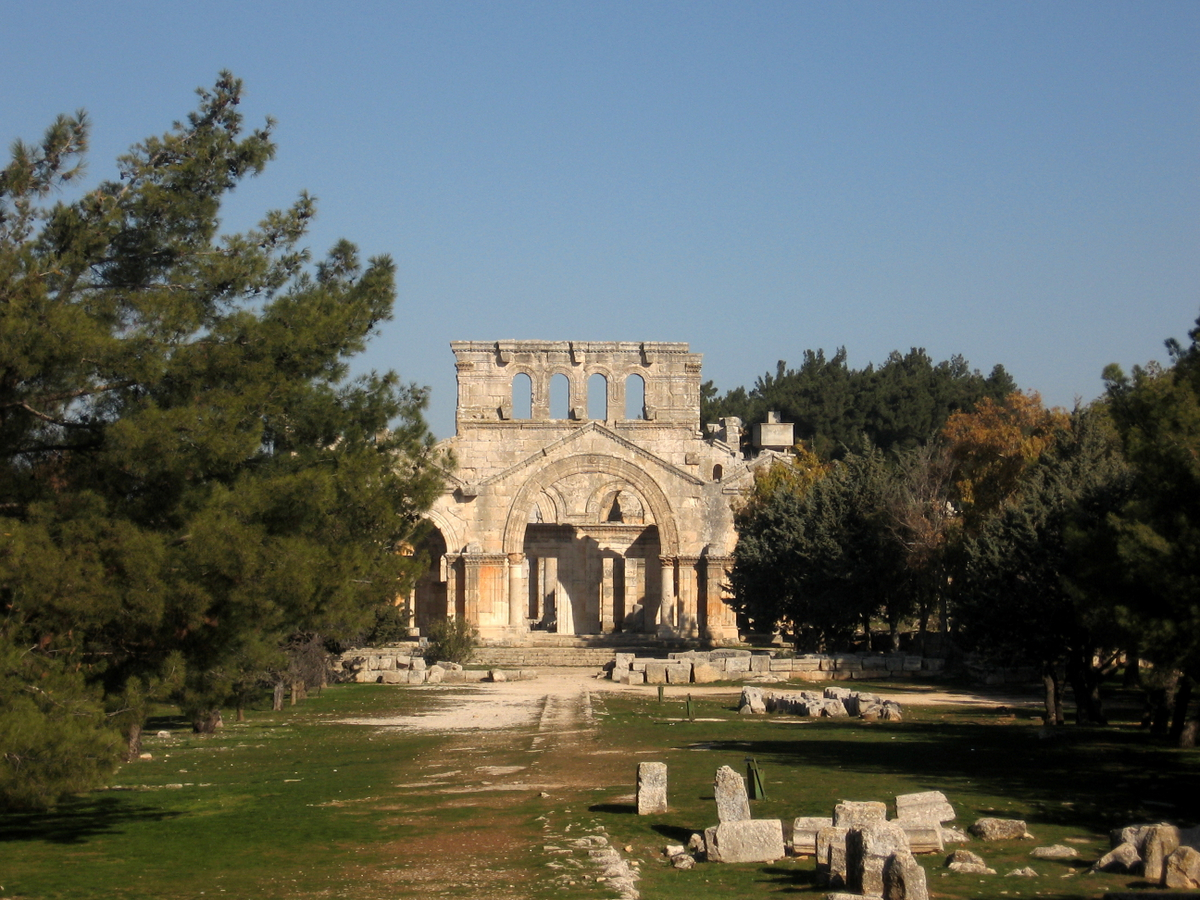The Syrian Jazira, Eastern region OF Syria, has some of the most important archaeological centers in Syria and in the East in general. Archaeologists attribute the agricultural revolution in its primary form to this region and the regions surrounding it, since 12000 years.
On its land several old human concentrations created what is known as the precivilized world and the development of the city- kingdom systems. The region incubated, also, places that witnessed the dawn of human civilizations (the 7th millennium BC) in addition to other evidences of Assyrian, Babylonian, Roman and Islamic kingdoms-cities.
In the ages of modern history the Syrian Jazira witnessed vivid activity. During the Roman rule it was an important station of trade between the Roman empire and India. Zenoubia of Palmyra annexed it to its kingdom but when the Romans conquered Zenoubia, al Jazira fell again to their hands.
During the Abbasid period it enjoyed architectural and agricultural prosperity when irrigation canals supplied water from the Euphrates and al Khabour to the fields and orchards of al Jazira. The Mongols destroyed it in the 14th – 15th century To resurrect again, only, in the 19th century when the cities of Deir Ezzor, al Raqqa and al Hasakeh were founded.
This long history left behind it a rich archaeological and cultural heritage that needs long years of study and hard labor to be excavated, collected, studied and documented. This work started at the early years of the 20th century when foreign archaeological missions started unearthing treasures of old civilizations in the region, and transferring them to the museums of their countries, an action that incited Syrian national authorities, immediately after the political independence in 1946, to collect these treasures and display them in the museums of Damascus and Aleppo.
In 1974 the first national museum in Deir Ezzor was established to contain 140 items brought from Damascus and Aleppo museums. When the activities of archaeological missions increased, a large number of artifacts were gathered in the small museum of the city, hence the need for a larger and more modern museum arose, and a new one was built and opened in 1996.
The new monument is divided into three sections: administration offices, the museum, and the garden. The museum has seven wings with an area of 1600square meters, and include a hall for fly away exhibitions, a lecture hall, rooms of technical services, a laboratory and a library. The new museum was organized according to chronological periods of history and now contains more than /25000/ artistic items representing the old civilizations of al Jazira. Some monuments and items discovered were replicated in several scales. To satisfy increasing international requirements, English was used beside Arabic in the captions, commentaries, and explanations of displayed items.
Museum of Doura Europos: 90 km south east of Deir Ezzor, and between alMayadin and al Bu Kmal there are the remains of Doura Europs, called al Salhieh, on the banks of the Euphrates. The site has rich ruins that belong to the Greek, Roman, Persian and Palmeran eras. A Roman Palace was discovered, rehabilitated and transformed into a field museum that accommodate items discovered in the region.
The museum was started in 2000. Walls were built over the original bases discovered underground. It was built along with the Roman style and decor, with five halls and a large court. The museum is a model one that displays the three stages of building Doura Europos: the Greek, the Persian, and the Roman. Each room has items of the three civilizations. The other two rooms are used as a cafeteria and a restaurant.
Haifaa Mafalani

